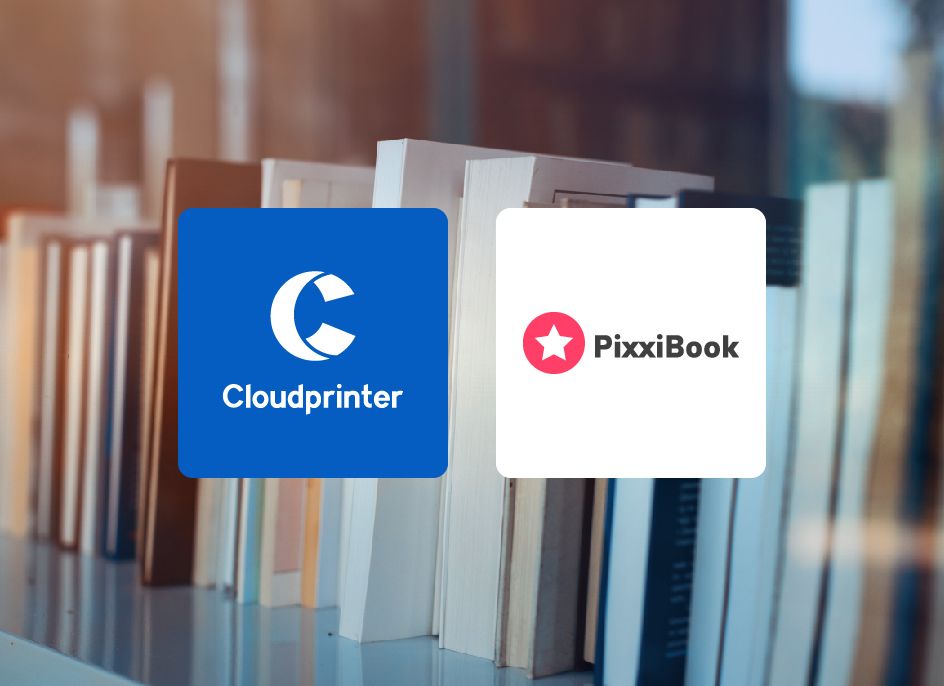What the Heck is an API?
Article • December 24, 2020 • 7 min read
Often confused with IPA, APIs (application programming interface) are invisibly helping us in our everyday life. Every time we request an Uber ride, log in with Facebook/Gmail or buy tickets on Expedia (or any other flight tickets aggregator), an API is used.

Often confused with IPA, APIs (application programming interface) are invisibly helping us in our everyday life. Every time we request an Uber ride, log in with Facebook/Gmail or buy tickets on Expedia (or any other flight tickets aggregator), an API is used. Remaining in the programs’ back-end, it connects our requests with the server containing data and provides us with understandable answers.
Watch ‘What the Heck is an API?’ webinar video to learn about the technology from Cloudprinter.com CEO Martijn Eier.
So What the Heck Is an API?
An application programming interface (API) is a computing interface that defines interactions between multiple software intermediaries. On the analogy to us interacting with computers and applications, via graphical user interfaces, software, or its components, we need one to ‘talk’ to each other as well. But in contrast to the graphical user interfaces we are familiar with, these are machine-readable and are called APIs
When explaining the essence of API, the example with the waiter at the restaurant is used often. Let’s imagine the situation: there’s you as a customer with a menu of choices at the table and the kitchen ready to prepare a meal for you.
The only thing you are missing is a waiter who plays the role of an intermediary – he delivers your order to the kitchen and gets back to you with a meal. In the digital world, APIs act like waiters, adapting and converting the requests between apps/clients and servers/assets. The set of programming codes enables data transmission between one software product and another, which then defines the terms of this data exchange.
How It Looks Like From a User’s Perspective
Let’s imagine that you are now booking a flight or a hotel room via one of the online travel services such as Skyscanner or Booking.com. You choose dates, departure/arrival cities or destinations, and the duration of stay, and the platform aggregates the information from different airlines, or hotels, and shows it to you in a user-friendly way. This is only possible thanks to APIs connecting the travel services with airlines’/hotels’ databases.
Often, this is legacy software that couldn’t have been used without this modern way of connection or could have only been accessed with the use of so-called spaghetti code – unstructured and difficult-to-maintain source code connecting in this case new platforms and legacy software.
Among the most known API use cases are:
• Google maps in Uber, Airbnb, and other third-party websites
• Gmail/Facebook authentication
• Skyscanner flight search
• PokemonGo
• Youtube API for embedding video players into websites.
API and Modern Printing
Although printing isn’t perceived as an industry 4.0., it is undergoing many changes. While offset printing is declining, the market share of digital printing is growing and is forecasted to be pushed by technical innovations and a shift in market demands to 21.1% by 2024 (in comparison to 17.4% in 2019). And this shift isn’t possible without automated order placing and routing with the use of full integrations via APIs.
Frequently, the barrier on the way to going digital arises when businesses are focusing on automation internally but don’t open themselves up to new ways of printing via automated print platforms. And this is exactly where an API step in. As it literally connects atoms (print presses) and bits (e-commerce print platforms) enabling seamless integration and workflow automation.
After the full connection with printing platforms via an API, E-commerce businesses and corporate buyers have their orders processed and fulfilled automatically, while print houses have their volumes increased effortlessly.
Benefits of Print API
In Cloudprinter.com’s case, Print API has allowed us to build a global print network, consisting of dozens of pieces of legacy print software, to more than 170 providers in 104 countries worldwide.
Today, APIs are transforming the print buying journey, resulting in:
• Workflow and print ordering automation – no FTP, WeTransfer, or any other tool is needed to place orders or send files. All orders are automatically routed to the most qualified print partner that offers the best price.
• Quick and solid (codeless) integration – Print API documentation and SDKs are developed to speed up the integration.
• Live quotation – we provide the prices for products and exact shopping costs in any country in the world in real-time. All the details are instantly shown in the e-commerce platform’s shopping cart or on the dashboard.
• Real-time production and shipping notifications – each stage of the production and shipping can be tracked instantly.
• Local printing – sourcing orders via print platforms allows printing as locally as possible, saving on taxes, cutting the delivery cost and CO2 emissions.
Based on the ROI research conducted in August 2020, our customers achieved:
• 80% savings on shipping cost and custom duties
• 14% savings on print cost
• 94% savings on print management.
To be more specific, here’s an example of one of the Print buyers integrated with Cloudprinter.com via Print API.
• A photobook company has grown by 310% being able to print and ship locally worldwide
• The integration took only 4 workdays
• The transit time per average order has dropped from 7 to 1 day
• Prevented the emission of 300 tons of CO2
• From 5 FTE to 0.2 FTE reduction in print management.
From the print facilities’ perspective, it’s a way to receive print jobs effortlessly, and receive and fill orders automatically, after a single connection with our assistance and ready-to-go SDKs.
They are not bothered with requests and quotations, aren’t forced to offer volume-related discounts, etc. The Print-on-demand model implies that there is no minimum order quantity, but as all orders are processed automatically, no hassle and involvement from the vendor's side is required. The only requirement for print partners after the integration process is to complete the print product setup.
The formula of print volume growth is pretty simple: the more products made available by the printer, the more orders they will receive.
Interested in having your print needs automated? Watch the ‘What the Heck is an API?’ webinar video recording to learn more. Martijn Eier, the CEO and founder at Cloudprinter.com together with Jordy Frodyma, the North America Account Manager, in a nutshell, explain API from a technical and marketing perspective.
Or simply schedule a demo or a call and let’s have a live talk!


